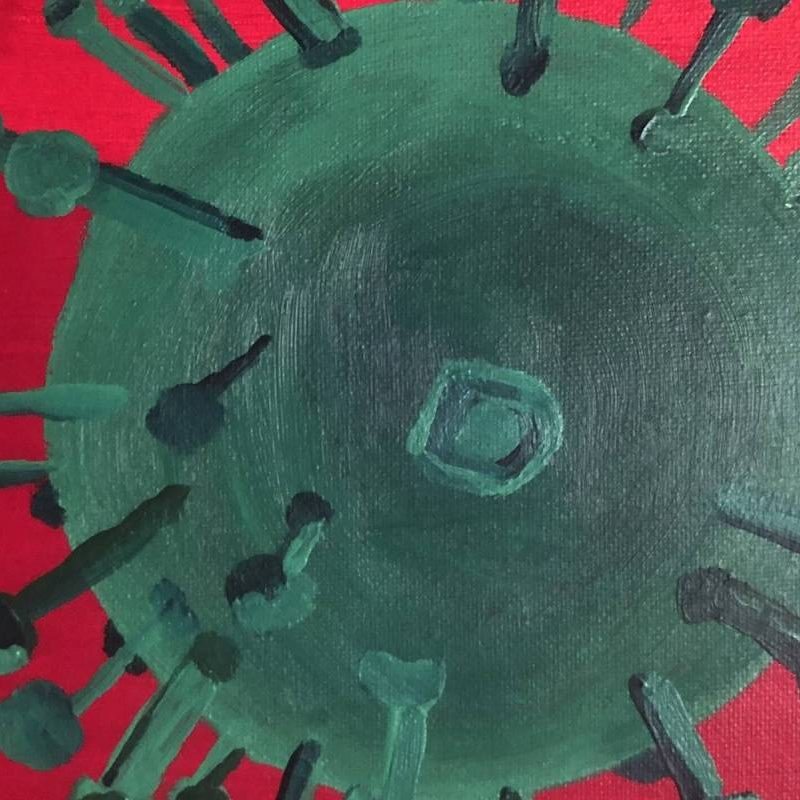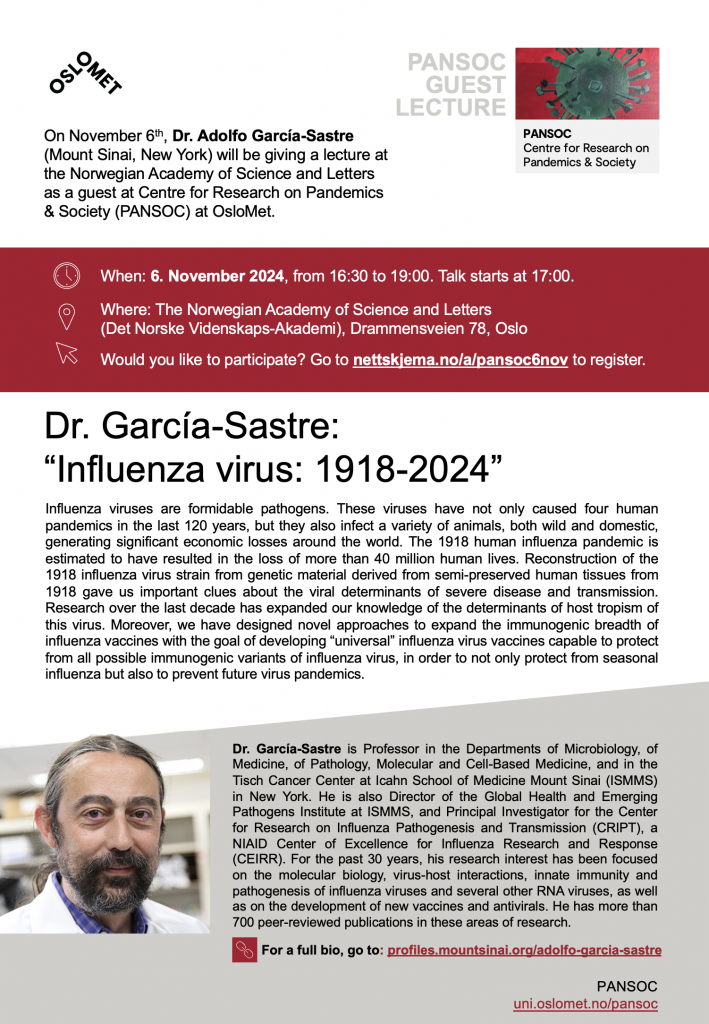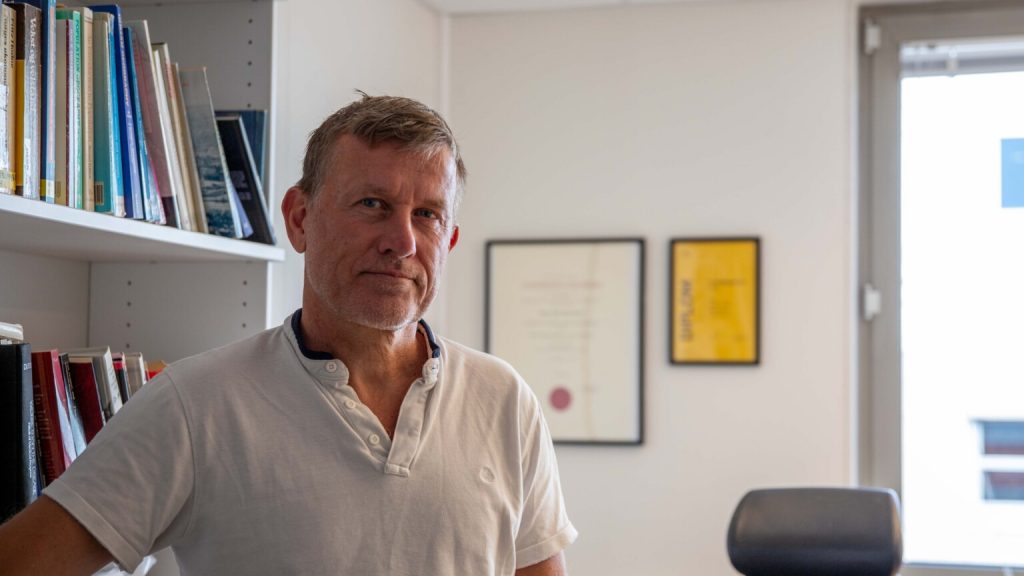We are pleased to release the schedule for our Fall 2024 seminar series. As in previous series, the seminar will be held via Zoom at 16.00 Central European Time on Thursdays.
To access the Zoom meetings, please join our mailing list here.
5 September
What can we learn from historical pandemics? A systematic review of the literature
Áine Doran, Ulster University
19 September
How germs shaped history
Jonathan Kennedy, Queen Mary University of London
3 October
Wages and inequality in the Middle Ages: Moving beyond the average
Spike Gibbs, Universität Mannheim
10 October
Democracy, Mortality, and COVID-19: A Cross-Regional Comparison of Excess Mortality Data in Post-Communist Countries of the EU and CIS
Umit Tleshova, Charles University
31 October
Covid-19 is (Probably) Not an Exogenous Shock or Valid Instrument
Jeff Clement, Augsburg University
**Note that Central European Summer Time ends on 27 October**
7 November
Projecting the long-term effects of the COVID-19 pandemic on U.S. population structure
Andrea Tilstra, University of Oxford
14 November
Racialized Epidemiologies: The Case of Black Americans During the Great Influenza, 1918–1920
Paul Skäbe, Universität Leipzig
21 November
Excess Mortality in Mainland China after the End of the “Zero COVID” Policy: A Systematic Review of Literature
Isaac Fung, Georgia Southern University
5 December
The Impact of the First Wave of the 1918 Influenza Pandemic on the French and German Armies on the Western Front of the First World War
Srijita Pal, University of Southern California





